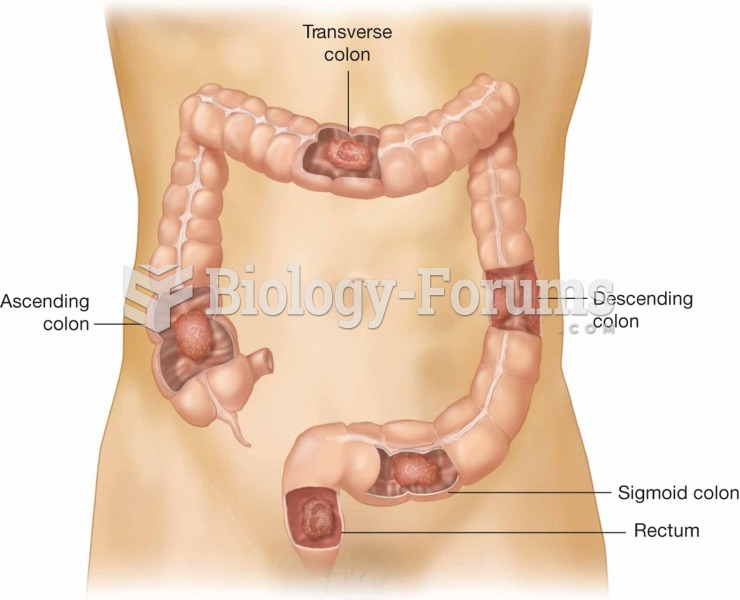|
|
|
Did you know?
Illicit drug use costs the United States approximately $181 billion every year.
Did you know?
Everyone has one nostril that is larger than the other.
Did you know?
A recent study has found that following a diet rich in berries may slow down the aging process of the brain. This diet apparently helps to keep dopamine levels much higher than are seen in normal individuals who do not eat berries as a regular part of their diet as they enter their later years.
Did you know?
Anti-aging claims should not ever be believed. There is no supplement, medication, or any other substance that has been proven to slow or stop the aging process.
Did you know?
The horizontal fraction bar was introduced by the Arabs.




